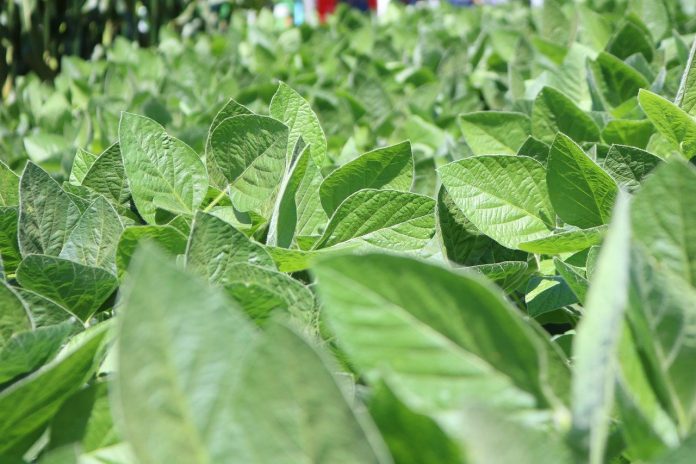Do you ever think, “Can I do something differently to diversify crop production and improve soil health?” Perhaps it’s time to explore crop rotation.
Conservation crop rotation, as defined in Natural Resources Conservation Service’s Code 328, is “growing a planned sequence of various crops on the same piece of land for a variety of conservation purposes.”
Crop rotation is a great way to amend the soil for a better harvest and can provide a multitude of benefits to your soil. Benefits may include an increase in organic matter, a better soil pH level and a reduction in fertilizer inputs and outputs.
Fields need to recharge. Soil may be depleted of vital nutrients and require more fertilizer application over time which could be costly.
For once, it’s time to think inside the box. Divide the land up into four squares/boxes and dedicate some time thinking about what you are planting and harvesting in each box. Create this planting plan with the help of your local NRCS or Soil and Water Conservation District. Ask yourself questions: What is your main staple? What can you incorporate after harvest to cover bare soil that works best for your soil type and topography?
Next, consider what you can plant to address problems that are specific to your property. Some of the most common issues are field erosion, nutrient depletion and intermittent field cover.
Cover crop selection should complement the cash crop that you are planting on an annual basis. While planting and rotating corn and soybeans is common here in Ohio, are there other options to plant to address our management challenges?
Cover crops to consider
There are many different cover crops that are adaptable to Ohio’s climate. If you are looking to implement a cover crop to combat erosion and build organic matter, Annual Ryegrass (Lolium multiflorum) is a great choice when implemented correctly. Annual Ryegrass needs to be established in early fall during the transition to cooler temperatures. Planting at this time allows the species to germinate during ideal conditions and break up the soil with the establishment of its fibrous root systems. This plant species is ideal to tackle soil compaction and establish new root zones for the species to spread out.
Crimson clover (Trifolium incarnatum) is an ideal plant species to plant on bare soil for nitrogen fixation. You should source seed that is close to your planting zone or in state. Seed that is local is more adaptable to the climate. Crimson clover has a myriad of benefits. It provides grazing opportunities for livestock, produces biomass, and is adaptable to more acidic soils. Crimson clover should be planted in late summer and terminated after early bud stage.
Another alternative that is quick and effective is Buckwheat (Fagopyrum esculentum). Buckwheat is a cover crop that germinates quickly and is able to combat weed growth and even attracts pollinators once it blooms its white blossoms.
The main benefit of buckwheat is its fast growth rate. It requires cool, moist temperatures but is an effective intermittent crop cover that takes about two to three weeks to germinate. Buckwheat is able to thrive in non-idealistic soil conditions and should be considered if you have a fast-paced operation that needs to stabilize bare soil quickly.
A great resource to learn more about cover crop species and recommendations is the Midwest Cover Crop Council: https://mccc.msu.edu/.
Farming for the future
Conservation crop rotation can improve soil in so many ways. It can address erosion and harmful insects, break down weeds, and even regulate nitrogen and moisture. Cover crop plant species can be tailored based on your soil composition and farming operation.
A site visit by your local Soil and Water Conservation District or NRCS office should be considered. Furthermore, when establishing, terminating, and moving forward with these actions, do what is within your means and what fits your planting schedule. Give us a call, we’ve got you covered.













